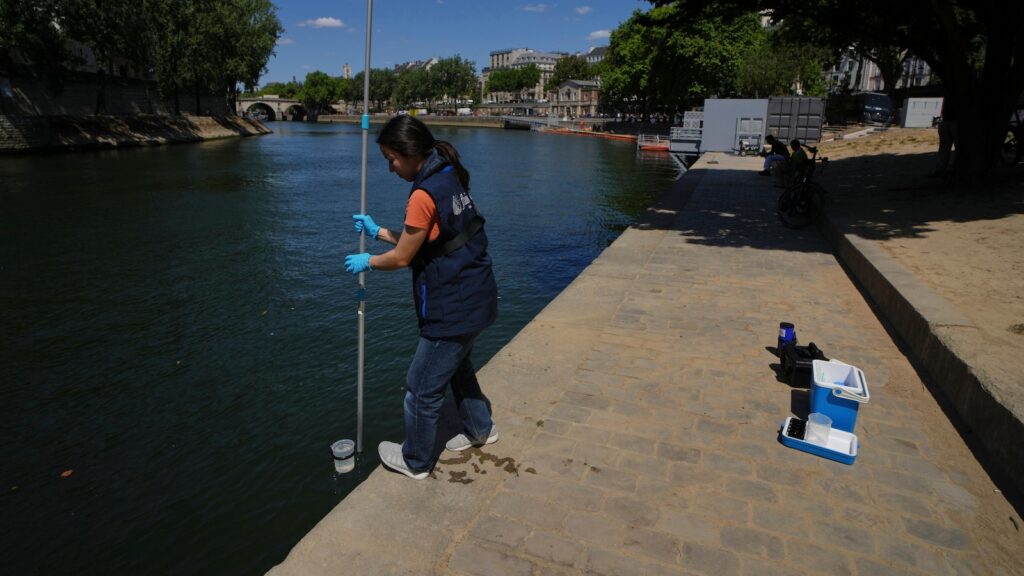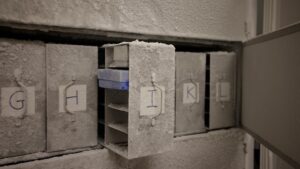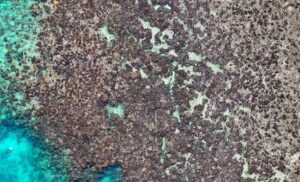
PARIS — For the first time in over a century, Parisians and tourists are gearing up to take a refreshing dip in the River Seine. This long-polluted river is reopening as a summertime swim spot, following a massive and costly cleanup project that rendered it suitable for Olympic competitions last year.
Three new swimming sites along the Paris riverbank are set to open on Saturday, including one near the iconic Notre Dame Cathedral, another close to the Eiffel Tower, and a third in eastern Paris. The reopening is part of the ‘Paris Plages’ event, running from July 5 to August 31, 2025.
The Seine’s Olympic Legacy
The River Seine was a centerpiece of the Paris Olympics, hosting the ambitious opening ceremony and events such as the triathlon and marathon swimming competitions. However, these events faced challenges, including rainfall that increased bacterial levels, leading to the postponement of some competitions. Now, Paris authorities assure that conditions are ideal for public swimming, with water quality consistently meeting European standards.
“It’s a symbolic moment when we get our river back,” said sports coach and influencer Lucile Woodward, who will participate in the first amateur open water competition in the Seine on Sunday morning.
Woodward, who previously enjoyed a swim with Paris Mayor Anne Hidalgo before the Olympics, expressed confidence in the river’s safety. “We’re going to enjoy swimming in it, being there and setting an example,” she stated. “Once people see that hundreds are having fun, everyone will want to join!”
Massive Cleanup Efforts
The reopening of the Seine for public swimming marks a significant achievement following a 1.4 billion-euro ($1.5 billion) cleanup effort. In preparation for the Games, authorities introduced new disinfection units and constructed a large storage basin to prevent bacteria-laden wastewater from entering the river during rainfall.
Houseboats, which previously discharged sewage directly into the river, were required to connect to municipal sewer systems. Additionally, some upstream homes were linked to treatment plants, diverting wastewater from the rainwater system that flows into the Seine.
Paris Deputy Mayor Pierre Rabadan emphasized the rigorous daily water testing to ensure safety. “Like on French beaches, flags will inform visitors whether they can go. Green means the water quality is good. Red means that it’s not good or that there’s too much current,” he explained.
“I can’t make a bet on the number of days we’ll have to close this summer, but water quality seems better than last year,” Rabadan noted. “We’re in a natural environment … so weather condition variations necessarily have an impact.”
Public Skepticism and Scientific Concerns
Despite the positive developments, some Parisians remain skeptical about swimming in the Seine. Concerns are often fueled by the river’s murky appearance, floating litter, and the presence of numerous tourist boats.
Enys Mahdjoub, a real estate agent, expressed his reservations: “I wouldn’t be afraid of swimming, but rather a bit disgusted. It’s more the worry of getting dirty than anything else at the moment.”
Dan Angelescu, founder and CEO of Fluidion, a water monitoring tech company, has independently tested bacterial levels in the Seine for years. He highlighted limitations in the current water testing methodology, which he believes undercounts bacteria.
“What we see is that the water quality in the Seine is highly variable,” Angelescu said. “There are only a few days in a swimming season where I would say water quality is acceptable for swimming.”
He cautioned, “The science today does not support the current assessment of water safety used in the rivers around Paris, and we think that there is a major risk that is not being captured at all.”
Looking Forward
Swimming in the Seine has been illegal since 1923, primarily due to pollution and the dangers posed by river navigation. While taking a dip outside designated bathing areas remains prohibited for safety reasons, the new swimming sites will be open for free until the end of August. Access is granted at scheduled times to individuals aged 10 or 14 and older, depending on the location, with lifeguards on duty.
“It’s an opportunity, a dream come true,” said Clea Montanari, a project manager in Paris. “It’d be a dream if the Seine becomes drinkable; that would be the ultimate goal, right? But already swimming in it is really good.”
The reopening of the Seine for public swimming not only marks a significant environmental milestone but also serves as a testament to how sports initiatives can drive long-term community benefits. As the city of Paris continues to monitor and improve water quality, the Seine’s transformation may inspire similar efforts in urban waterways worldwide.




